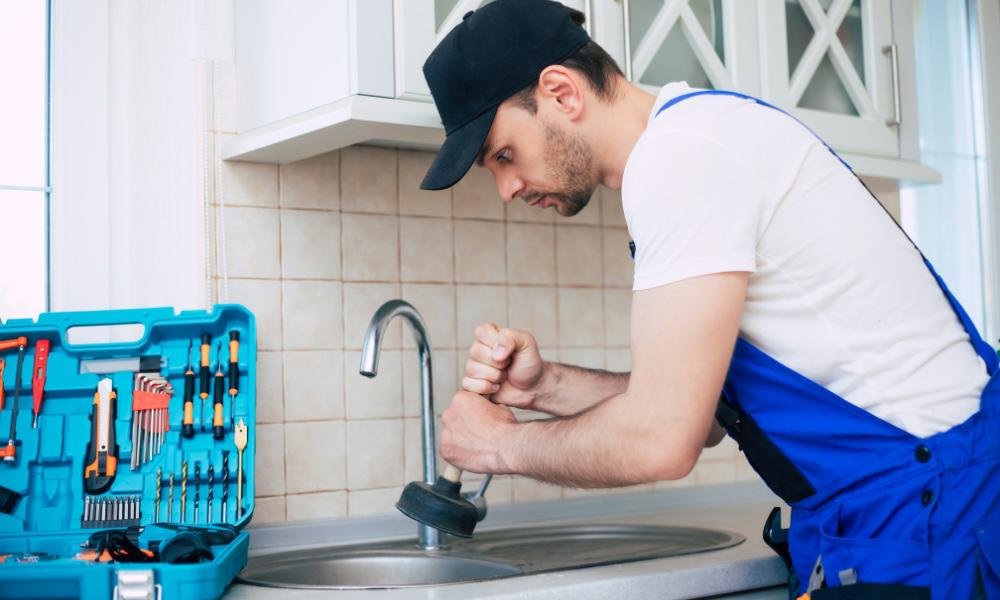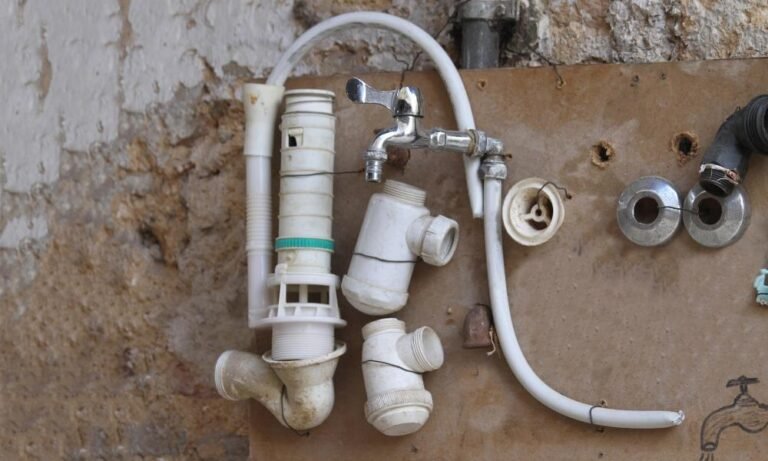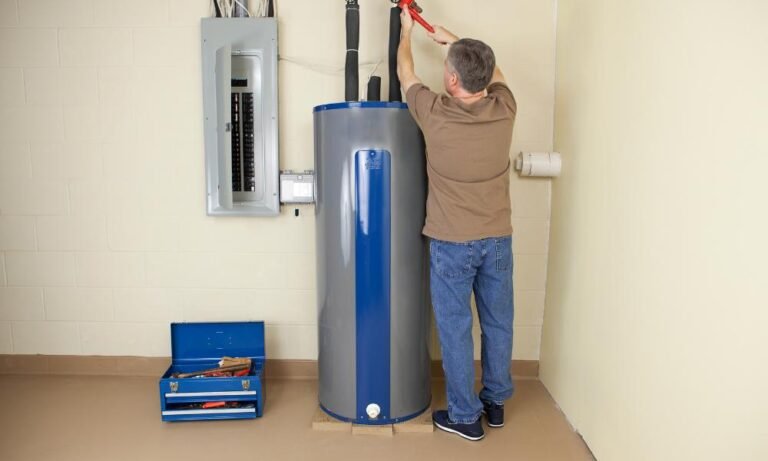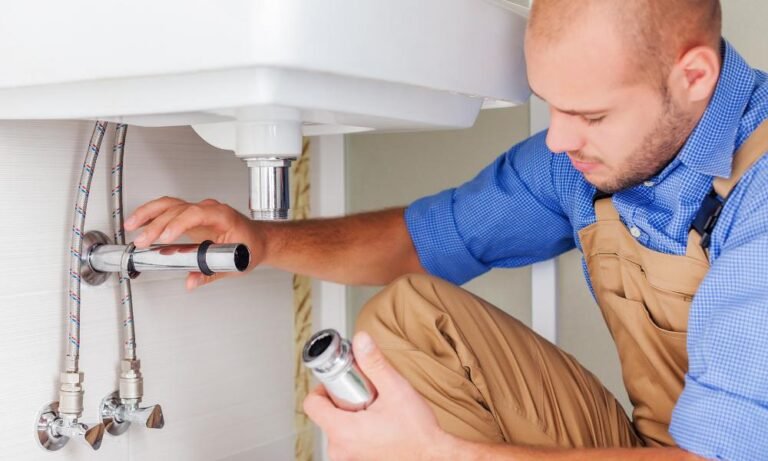Estimated reading time: 6 minutes
Building a new home is an exciting journey, and while designing the perfect kitchen or picking the ideal flooring might steal the spotlight, your home’s plumbing deserves equal attention. Proper pipe installation lays the foundation for a reliable, efficient, and safe water system. Investing time and effort in this critical phase can save you from costly repairs and headaches down the road.
In this guide, I’ll cover the essentials of installing a plumbing system in a new home. Here’s what we’ll explore:
- Understanding the basics of plumbing in new construction.
- Choosing materials that best suit your needs.
- Steps to ensure proper installation.
- Mistakes to avoid and long-term maintenance tips.
Let’s get started and ensure your plumbing system supports your home for years to come.
The Basics of Plumbing in New Homes
When it comes to setting up a water system in a new home, it’s more than just connecting pipes. It’s about creating a network that efficiently delivers water and removes waste.
A complete plumbing system includes:
- Main Water Lines: Connects your home to the municipal supply or a private well.
- Drain and Vent Pipes: Removes wastewater and vents sewer gases safely outside.
- Distribution Pipes: Carries water to various fixtures like sinks, showers, and appliances.
Working with a licensed plumber ensures that your system is efficient, complies with building codes, and avoids potential problems.
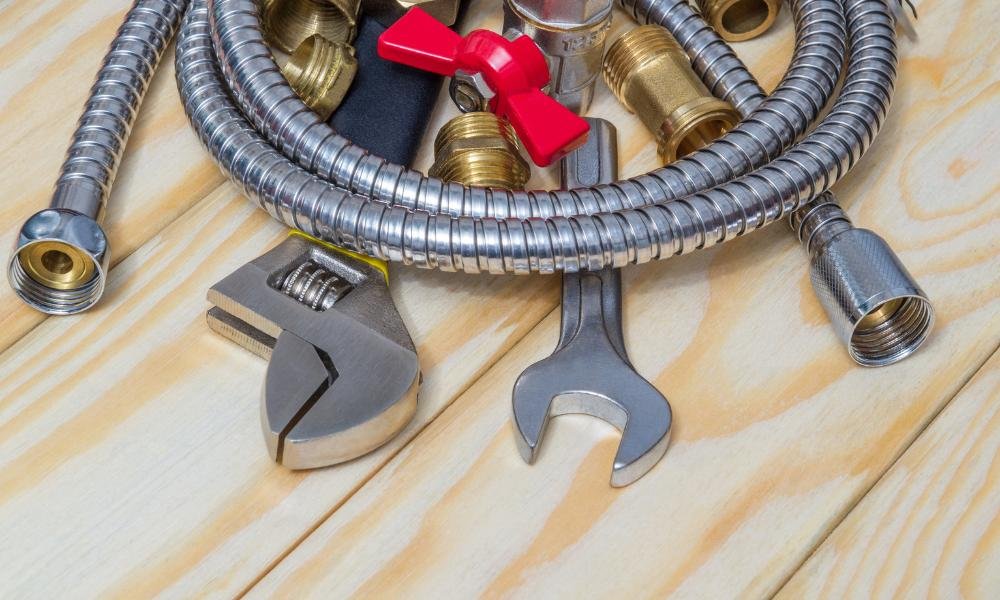
Choosing the Right Materials for Plumbing
The materials you choose play a significant role in the longevity and performance of your plumbing system. Here are the common options:
Copper Pipes
- Advantages: Durable, corrosion-resistant, and ideal for high temperatures.
- Disadvantages: Expensive and requires professional installation.
PVC Pipes
- Advantages: Lightweight, affordable, and resistant to corrosion.
- Disadvantages: Not suitable for hot water lines due to heat sensitivity.
PEX Pipes
- Advantages: Flexible, easy to install, and freeze-resistant.
- Disadvantages: Can degrade with UV exposure, making it unsuitable for outdoor use.
Galvanized Steel Pipes
- Advantages: Strong and durable.
- Disadvantages: Prone to rust and corrosion over time.
Tip: Consult a plumber to determine the best materials for your local water quality, climate, and long-term needs.
Steps to Ensure Proper Plumbing Installation
Plan the Layout Carefully
A detailed blueprint is essential for placing pipes, valves, and fixtures in the right locations. Coordination with other contractors, such as electricians and HVAC specialists, avoids conflicts during construction.
Install Rough-In Plumbing
This stage involves setting up the primary water and drainage pipes before walls and floors are sealed. Correctly sloping drain pipes is crucial to prevent clogs.
Conduct Pressure Tests
Before finalizing the installation, pressure testing ensures that the system is leak-free. It’s better to address issues now than after the walls are up.
Finalize Fixture Connections
Once the rough-in phase is complete, fixtures like sinks, toilets, and water heaters are connected. Proper sealing and alignment are essential to avoid leaks.
Mistakes to Avoid During Installation
Skipping Shut-Off Valves
Every fixture should have its own shut-off valve for quick water control in emergencies. Keeping the main valve easily accessible, such as near the water heater, is equally important.
Overlooking Future Needs
Think about how your home might evolve. Adding a bathroom, sprinkler system, or outdoor kitchen later is much easier if you install the necessary connections during the initial build.
Neglecting Pipe Protection
Pipes in unheated areas or exposed to potential damage should be insulated or covered with protective sleeves to prevent cracking or bursting.
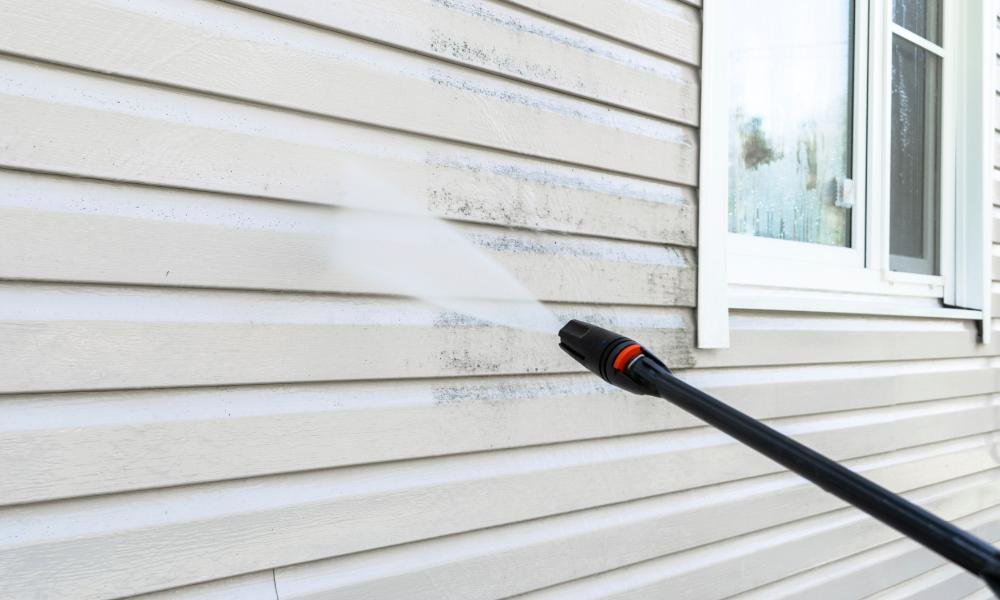
Ignoring Water Pressure
Excessive pressure can strain pipes and fixtures, leading to leaks or breaks. Installing a pressure regulator keeps water pressure at safe levels.
Outdoor Plumbing Considerations
Don’t forget about the plumbing outside your home. While it might not seem as critical as your indoor systems, it’s just as important:
- Outdoor Faucets: Install at least one faucet on each side of the house for convenience.
- Sprinkler Systems: Pre-install connections for future irrigation needs.
- Drainage Systems: Ensure proper yard drainage to protect your foundation from water pooling.
Sustainable Plumbing Practices
Modern plumbing systems can also promote water conservation. Consider these eco-friendly upgrades:
- Low-Flow Fixtures: Reduce water usage without sacrificing performance.
- Greywater Recycling: Reuse water from sinks and showers for irrigation or toilet flushing.
- Rainwater Harvesting: Collect rainwater for outdoor use, reducing your dependency on municipal supplies.
These practices not only reduce your water bill but also contribute to a greener planet.
Long-Term Plumbing Maintenance Tips
A well-installed plumbing system still needs regular care to function at its best:
- Inspect Annually: Check for leaks, corrosion, or other issues regularly.
- Flush the Water Heater: Remove sediment buildup to maintain efficiency and extend its lifespan.
- Fix Leaks Quickly: Even small drips can waste gallons of water and cause long-term damage.
- Monitor Water Pressure: Use a pressure gauge to ensure it remains within safe levels.
FAQs About Pipe Installation in New Homes
Q: How long does pipe installation take in a new home?
A: It usually takes 1–2 weeks, depending on the size of the home and the complexity of the plumbing system.
Q: Are permits required for new plumbing systems?
A: Yes, most local governments require permits and inspections to ensure the system complies with building codes.
Q: Can I install pipes myself?
A: While minor plumbing repairs can be DIY projects, pipe installation in new construction requires professional expertise to avoid code violations and future issues.
Q: What’s the best pipe material for durability?
A: Copper and PEX pipes are both excellent choices, with copper being highly durable and PEX offering flexibility and freeze resistance.
Final Thoughts
Installing a plumbing system in a new home is a complex process that requires careful planning and professional expertise. By selecting the right materials, avoiding common mistakes, and planning for future needs, you can create a system that’s both efficient and durable.
If you’re building a new home, don’t leave plumbing to chance. Contact a trusted professional to guide you through the process and ensure every pipe is installed with precision. A solid foundation today means fewer problems tomorrow—and more time to enjoy your new home without worry.
